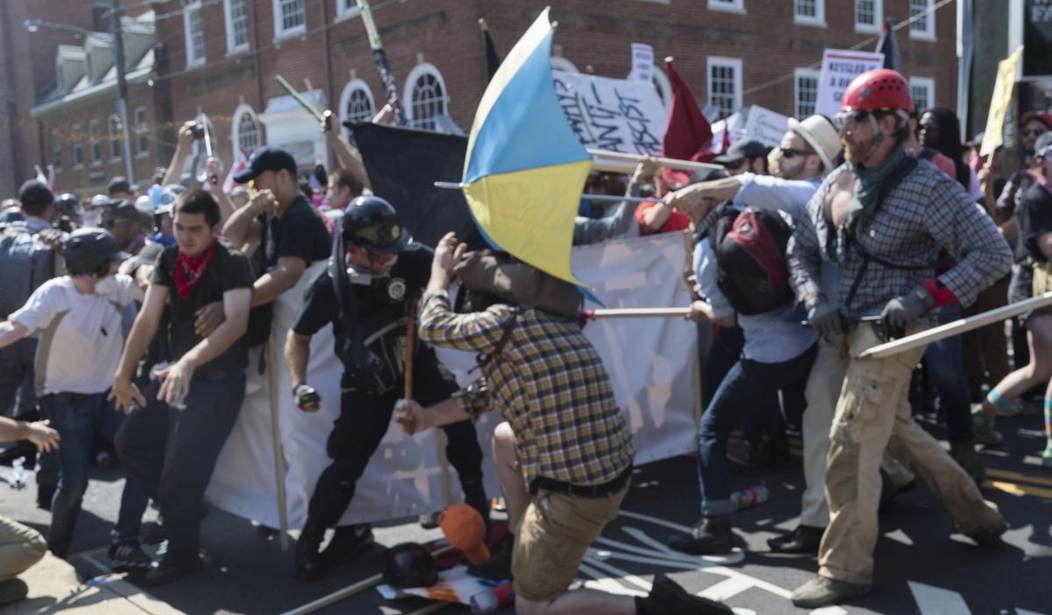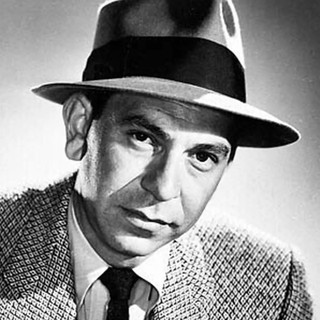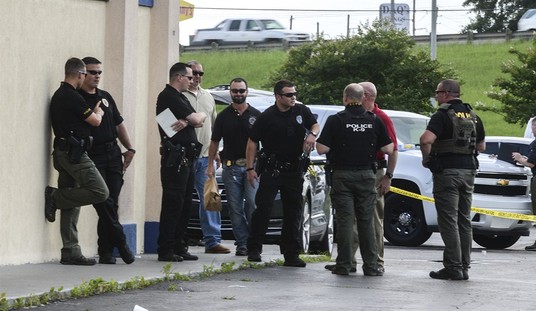Much like today, the years of my adolescence were a time of sharp political divisions in the country. The war in Vietnam was raging, as were the protests against it on the streets here at home. It was at one such protest in Los Angeles that I, more than ten years prior to my joining the Los Angeles Police Department, learned something about police work and crowd control.
One summer day there was a large anti-war march down Wilshire Boulevard, concluding with a rally at MacArthur Park, just west of downtown L.A. I was 11 or 12 years old at the time, and I rode my bicycle to the park, more out of curiosity at the spectacle than owing to any sense of political ideology. My parents would have forbidden it had they known, of course, but this was a time when kids went off to spend their summer days unsupervised, with the only instruction being to be home by dinner time.
Wilshire Boulevard, one of the city’s busiest streets, remained shut down as marchers funneled into the park, and I stopped at the corner of Wilshire and Park View, on the park’s western edge, to watch things unfold. There was a modest police presence at the time: a hundred or so LAPD officers standing here and there, some number of them military veterans, no doubt, appearing contemptuous of the marchers but doing nothing to interfere.
It was then that things got interesting. A contingent from the American Nazi Party, perhaps 50 of them, began to assemble. They were all decked out in black pants and brown shirts with the red-and-black swastika armbands familiar to anyone who had seen films from the Second World War. They formed into something resembling a military formation in the very center of Wilshire Boulevard, this in apparent preparation for entering the park, there surely to cause trouble among the anti-war protesters.
In the naïveté of my youth, I had never heard of the American Nazi Party, much less been exposed to examples of it. I regarded them as I might have a herd of some species of dangerous zoo animal: fascinating to observe while confined, but best not to have them roaming about.
Things soon got even more interesting. Roaring down Park View came a phalanx of unmarked LAPD cars – late-60s Plymouth Belvederes, to be precise – which came to a stop and disgorged what looked to be about 50 of the department’s most serious-minded cops, all of them wearing helmets and carrying batons at port arms. In a matter of seconds those cops assembled in two ranks between the Nazis and the park, sending the unmistakable message that for the Nazis the only avenue into the park would be through them.
After an awkward standoff of a few minutes, the Nazis began marching east on Wilshire, with the cops marching right alongside. Upon reaching the east end of the park, at Alvarado Street, the Nazis turned around and marched back to Park View, again matched step for step by the same 50 cops.
This was repeated a few times, with the effect being that of a rehearsal for some sort of bizarre parade. Through it all the leader of the Nazis was shouting through a bullhorn, and the entire rabble was free to carry on as they wished, but they weren’t going to be allowed into the park and stir things up.
Finally, their zeal having ebbed in L.A.’s summer heat, the Nazis drifted off, and the rally in the park continued unmolested, with most in attendance probably unaware of what had taken place on the street.
The recent events in Virginia evoked that memory for me, and I can’t help but wonder if things might have turned out differently had the police in Charlottesville been similarly assertive in stemming the violence they surely knew was coming.
Over the objections of city leaders, organizers of the Unite the Right rally went to court and secured a permit to assemble in Charlottesville’s Emancipation Park. To their great credit, the ACLU sued to uphold their right to assemble, defending the principle that even repugnant speech is protected under the First Amendment. After the court decision, there was ample time for the authorities to prepare for the rally and the counter protest it was sure to inspire.
Explaining his department’s failure to avert the violence, Charlottesville police chief Al Thomas Jr. was laughable in his rationalizations. He blamed the marchers for not following the agreed upon plan for entering the park. Even if that was the case, Chief Thomas should know, as anyone who purports to lead police officers should know, that the measure of success in an operation is not in how well it follows the plan, but in how well your department responds when the plan goes sideways. And the plan always goes sideways.
No participant in the rally, and not a single counter protester, should have been able to take a step without coming close to a group of police officers. And for their part, those police officers should have been operating with the understanding that they would enforce the law at the first sign of trouble.
Clearly this was not done, and as has been seen over and over in recent years, when a mob sees the police doing nothing to maintain order, pandemonium follows. Having officers massed on the perimeter is beyond worthless when fights are taking place under their eyes. I have no doubt that the rank-and-file officers present were ready and eager to act, but they were restrained from doing so by their timid leaders, who in turn were following instructions from cowardly politicians.
What happened in Charlottesville is sure to be repeated elsewhere. The fringe Left feels itself empowered to decide what monuments are fit to be displayed in public, and they exult in the destruction of those found unworthy. They delude themselves if they think their violence will not in some places be opposed with like measures.
As in those days of the late ’60s and early ’70s, people are taking it to the streets. If they can’t be counted on to self-govern – as many have proven they can’t – it will be up to the police to maintain order and see that the law is upheld. And that will require courage on the part of police leaders and their political patrons. Which of them will display that courage, and which will allow their streets to become war zones?










Join the conversation as a VIP Member